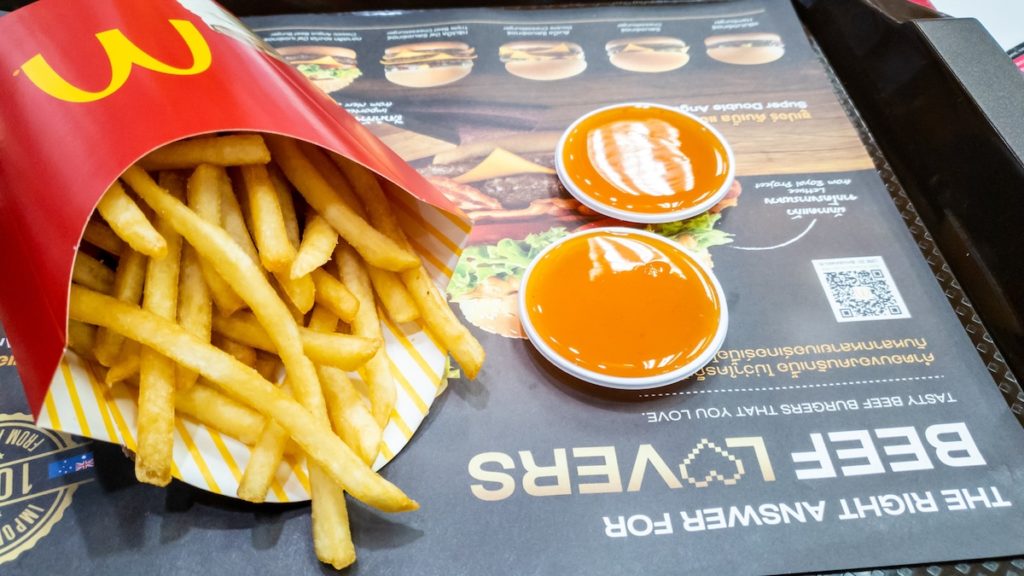
It will soon be easier for consumers to make better food and beverage decisions when eating out or on the go. The U.S. Food and Drug Administration (FDA) has moved forward with a food labeling law that requires restaurants, grocery stores and convenience stores with 20 or more locations to post calorie counts for standard menu items. Proponents say calorie disclosures on everything from muffins to lattes to Happy Meals will offer more transparency and will likely encourage diners to downsize their consumption. It may also incentivize chain restaurants to trim their huge portions and experiment with different ingredients to cut calories.
But research on the usefulness of this practice has wavered, and critics argue that there is not enough evidence that calorie totals influence people’s purchasing habits. What’s more, calorie counts may not tell the complete nutritional picture. Is a salad with a few more calories than a cheeseburger worse for you? Many people don’t know their daily calorie needs, so, without context, it’s hard to use this added information effectively.
Do you think calorie counts will help in the battle against obesity by nudging people to cut back? Will the counts alter your food-purchasing
habits? Are there better ways to inform consumers about the nutritional value of menu choices? Send your responses to Sandy Todd Webster at [email protected].
Matthew Kadey, MS, RD
Matthew Kadey, MS, RD, is a James Beard Award–winning food journalist, dietitian and author of the cookbook Rocket Fuel: Power-Packed Food for Sport + Adventure (VeloPress 2016). He has written for dozens of magazines, including Runner’s World, Men’s Health, Shape, Men’s Fitness and Muscle and Fitness.





